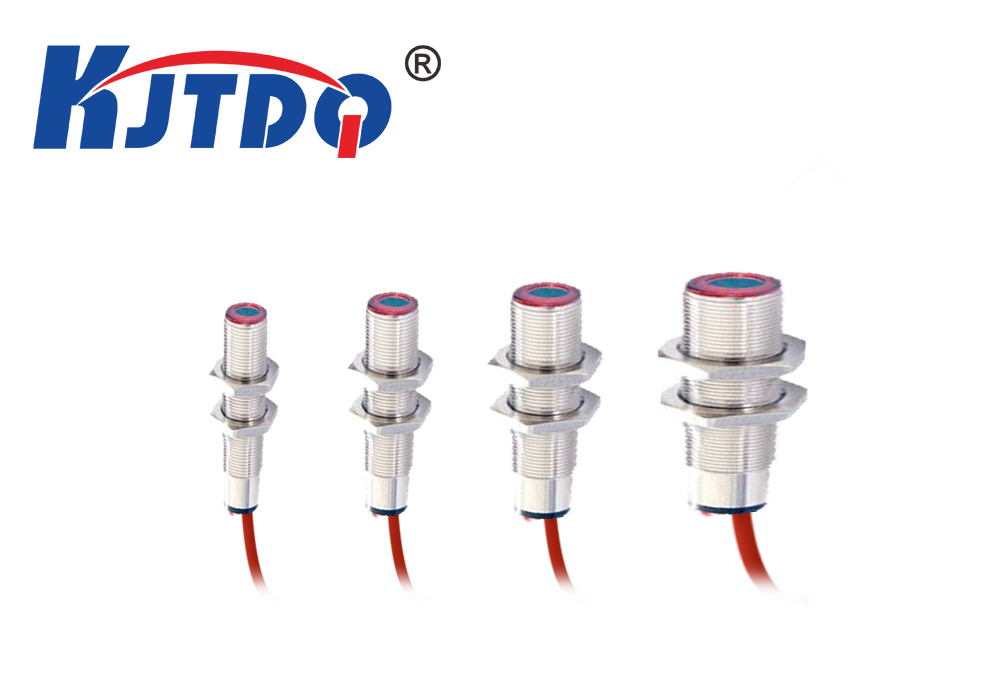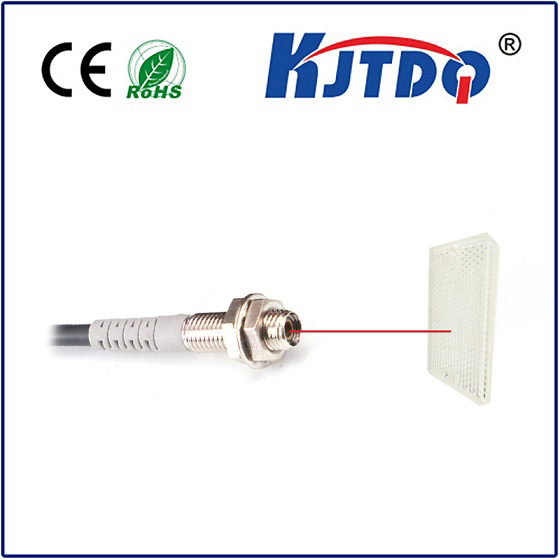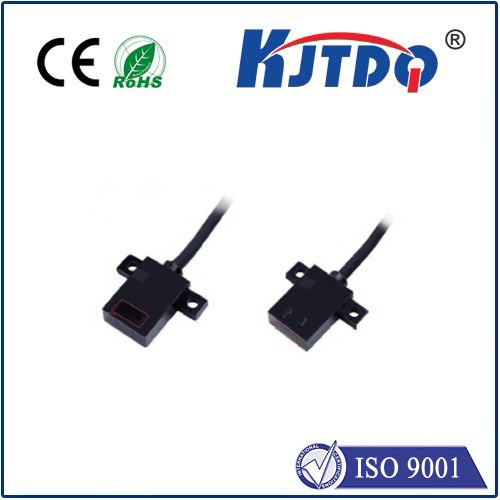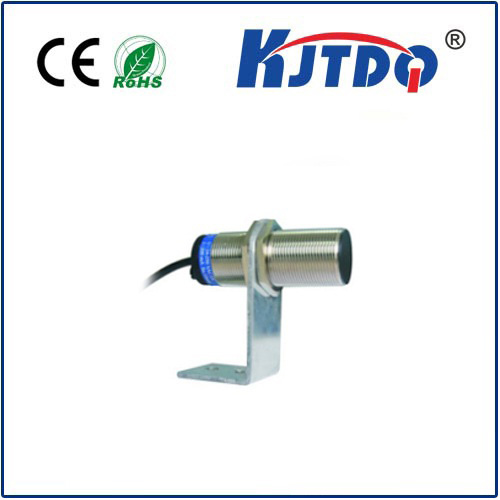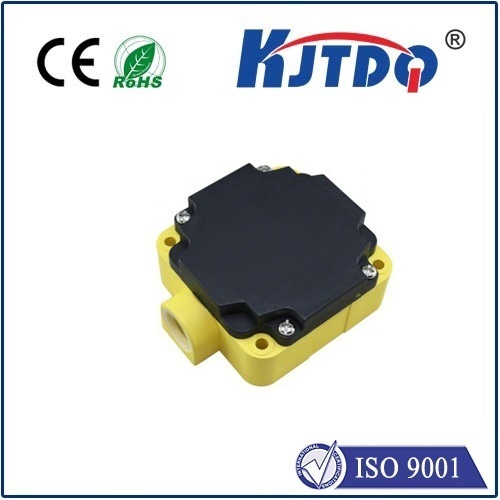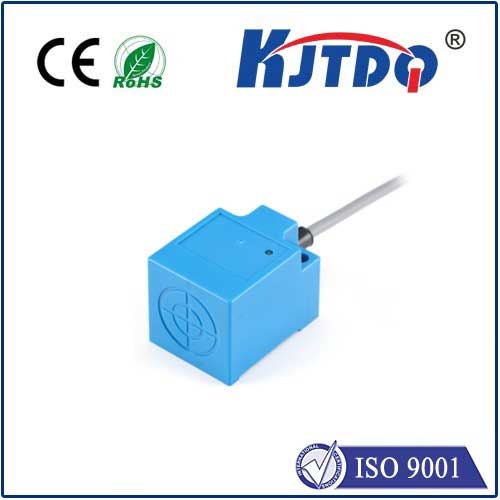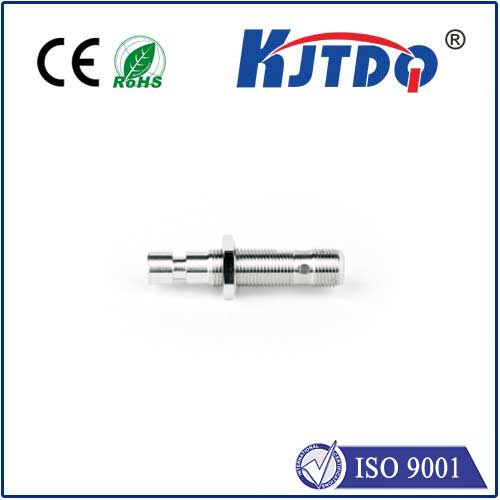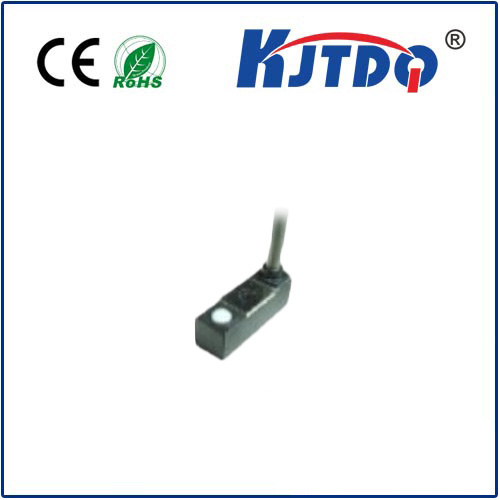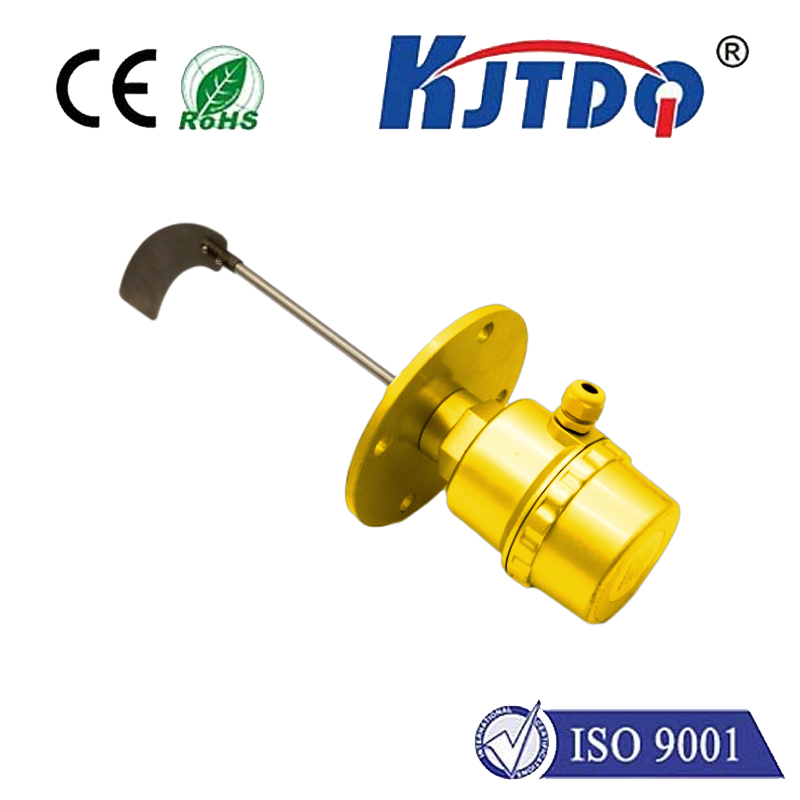термический ограничитель
- time:2025-08-01 08:38:39
- Нажмите:0
Heat Limit Switches: The Essential Guardians Against Overheating in Your Machinery
Imagine your favorite coffee maker suddenly shutting down mid-brew, or worse, your industrial furnace showing alarming red lights. Often, the unseen hero preventing catastrophe is a small but mighty component: the термический ограничитель. This unassuming device acts as a critical safety sentinel, standing guard against the potentially devastating consequences of excessive temperature. Understanding its role isn’t just technical knowledge; it’s a fundamental insight into the safety and reliability of countless devices we rely on daily.
What Exactly is a Heat Limit Switch?
At its core, a термический ограничитель, often termed a thermal cutoff switch, температурный ограничитель, or overheat protection switch, is an automatic safety device designed to interrupt electrical power to a system when it detects a preset, unsafe temperature threshold. Think of it as an emergency brake triggered solely by heat. Its primary mission is unequivocal: to prevent equipment damage, fire hazards, and potential injury by halting operation before temperatures reach dangerous levels.
These devices work on relatively simple but highly reliable principles. The most common types include:

- Bimetal Disc Thermostats: Utilize the differing thermal expansion rates of two bonded metals. As temperature rises, the disc snaps (or “clicks”) from a convex to a concave shape, physically opening or closing electrical contacts to break the circuit.
- Fusible Links (Thermal Fuses): These are single-use devices containing a temperature-sensitive alloy. When the critical temperature is reached, the alloy melts irreversibly, permanently breaking the circuit. Replacement is required after activation.
- Capillary Tube Thermostats: Employ a bulb filled with temperature-sensitive fluid connected to a diaphragm via a capillary tube. Expanding fluid in the bulb pushes the diaphragm to actuate a switch mechanism at a distance.
- Electronic Temperature Sensors with Control Logic: Modern systems often use thermistors or RTDs connected to electronic controllers that monitor temperature precisely and can trigger a cutout or initiate other protective actions (like alarms or reduced power).
Where Are Heat Limit Switches Crucial?
The applications for thermal protection switches are vast and diverse, spanning domestic appliances to heavy industry. Their presence is often what separates a minor malfunction from a major disaster. Key areas include:
- Home Appliances: Found in coffee makers, hair dryers, clothes dryers, space heaters, ovens, microwaves, refrigerators, and freezers. They prevent motors, heating elements, or compressors from overheating due to blockages, failed fans, or component failure.
- HVAC Systems: Vital in furnaces and boilers to prevent heat exchanger cracks or catastrophic failure if airflow is restricted (e.g., clogged filter) or if the control system malfunctions. Auxiliary limit switches often provide an extra layer of protection beyond the primary control thermostat.
- Power Tools: Drills, saws, sanders, and grinders incorporate them to protect motors from burnout during heavy-duty use or if jammed.
- Transformers & Power Supplies: Prevent thermal runaway and fire risks caused by overloads or cooling failures.
- Промышленное оборудование: Protect motors, bearings, gearboxes, hydraulic systems, and process equipment (like extruders or mixers) from overheating due to friction, overloading, or cooling system failures.
- Electronics: Mounted directly on heat sinks or circuit boards in power amplifiers, power supplies, and computer components like CPUs (often integrated into the cooling system logic).
The Critical Importance: Why You Can’t Afford to Ignore Them
The value proposition of a high temperature cut off switch is undeniable:
- Fire Prevention: This is paramount. Overheating electrical components or flammable materials is a leading cause of equipment fires. Heat limit switches are a primary defense line.
- Equipment Protection: Excessive heat rapidly degrades insulation, melts components, warps metal, and seizes bearings. A timely shutdown prevents costly repairs or complete unit replacement.
- Safety: Protecting users from burns, electrical shock (due to melted insulation), or injury from exploding components (like batteries).
- System Longevity: By preventing operation under extreme thermal stress, limit switch thermal protection extends the overall lifespan of machinery and appliances.
- Meeting Safety Standards: Compliance with rigorous safety regulations (UL, CSA, IEC, etc.) mandates the use of reliable overheat protection in most powered equipment.
Selecting the Right Heat Limit Switch: Key Considerations
Choosing the appropriate temperature switch for overheating isn’t arbitrary. Several vital factors influence selection:
- Setpoint Temperature (°C/°F): The exact temperature at which the switch must activate. This requires careful analysis of the protected component’s maximum safe operating temperature and the system’s thermal characteristics.
- Reset Type: Manual reset (requires user intervention after tripping) or automatic reset (reactivates once temperature cools sufficiently). Manual reset is often mandated for critical safety functions to ensure the underlying cause is investigated.
- Current Rating (Amps): Must reliably handle the electrical current of the circuit it protects.
- Voltage Rating (Volts): Compatible with the system’s operating voltage.
- Type/Trip Action: Bi-metal snap-action, fusible link, capillary, etc. Consider speed of response and reset behavior needed.
- Environmental Suitability: Resistance to moisture (IP ratings), chemicals, vibration, or specific atmospheres.
- Electrical Configuration: Normally Open (NO), Normally Closed (NC) contacts depending on the control circuit logic.
- Mounting & Form Factor: Physical space, mounting method (surface, snap-fit, bracket), and probe/sensing element size and location.
Maintenance and Troubleshooting: Ensuring Reliability
While generally robust, thermal limit switches can fail. Regular inspection and testing are vital parts of preventive maintenance, especially in critical systems:
- Visual Checks: Look for signs of overheating (discoloration, melting), corrosion, or physical damage.
- Electrical Testing: Use a multimeter to check continuity and ensure the switch opens/closes at the correct temperature (often requires specialized calibrated equipment).
- Understand Failure Modes: Common issues include failing to trip at the setpoint (dangerous!), tripping prematurely (nuisance tripping often caused by incorrect placement, draft exposure, or wrong setpoint), or sticking contacts. Never bypass a faulty heat limit switch – it compromises safety and invites disaster.
- Replacement: Use an identical or manufacturer-approved equivalent part, ensuring all specifications (especially temperature, current/voltage, reset type) match precisely.
From the humble toaster to the most complex industrial furnace, heat limit switches perform an indispensable, often invisible, role. They are the silent guardians, the fail-safe mechanisms that stand between normal operation and thermal catastrophe. By understanding their function, importance, and proper selection, engineers, technicians, and even informed users contribute significantly to the safety, reliability, and longevity of the myriad machines that power our world. Remember, when it comes to heat, reaching the limit safely isn’t just desirable – it’s essential.





